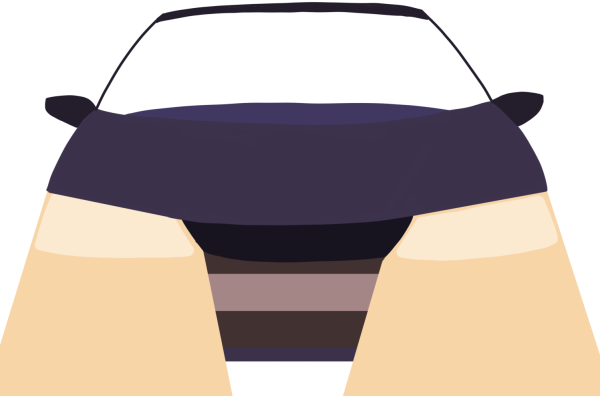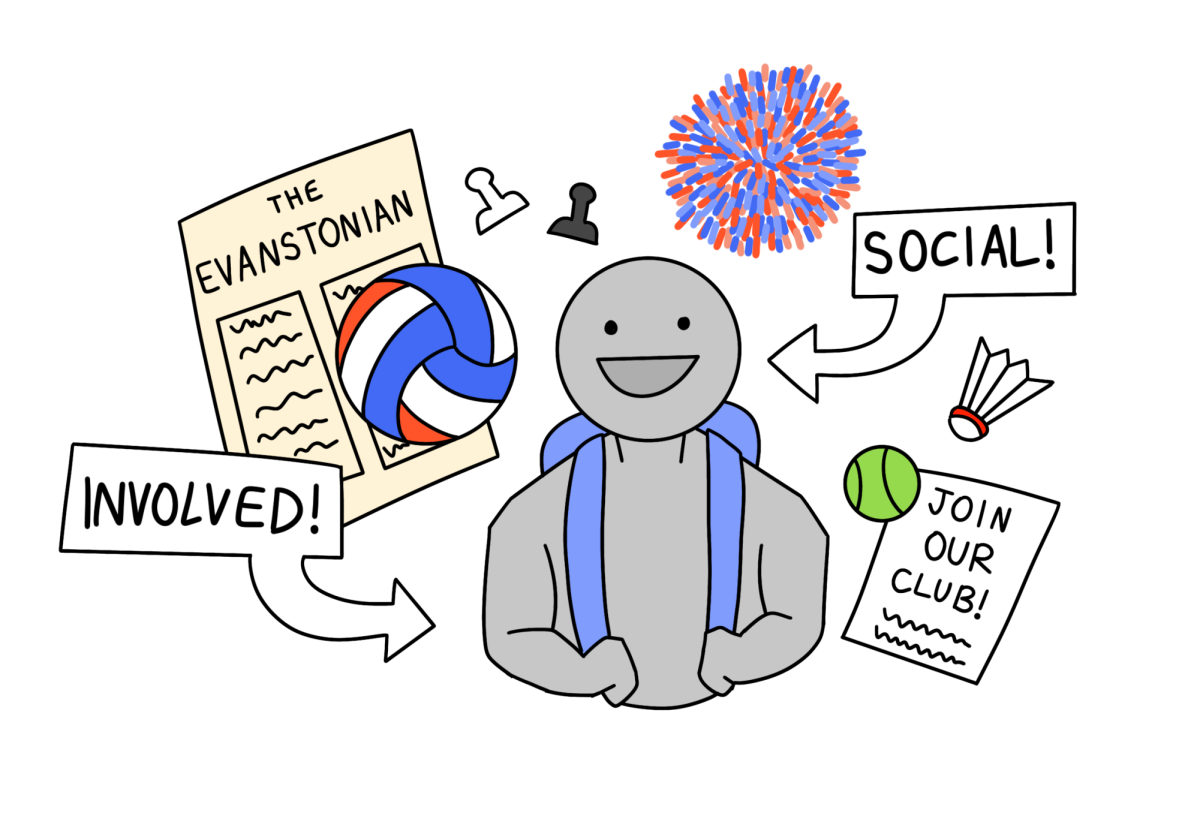
Have you ever driven at night—or ridden shotgun—and seen a car oncoming, but only for a minute though, because you’re soon blinded by bright-bluish lights? Whenever this happens to me, I always end up rubbing my eyes and shaking my fist in the air, cursing the auto-industry Gods. As someone who is photosensitive, bright lights cause headaches and vertigo. And for the longest time, I thought I was the only one—I just didn’t feel seen (get it… cause the headlights are so bright…), but it turns out, according to the National Highway Traffic Safety Administration (NHTSA), more and more people are complaining about discomfort due to bright headlights.
To understand how we’ve ended up here, a quick history lesson is required. Sealed-beam headlights were used from the 1950s-1980s, with poor light output. Halogens were used from the late 1980s into the early 1990s. Then came high-intensity discharge lights in the late 1990s; they cast a glow that is similar to the spectrum of sunlight. Lastly, in the 2010s, LEDs dominated as they lasted longer, were more energy efficient and were equivocated with a modern future. And yet, even with brighter lights, the NHTSA claims that nearly 52 percent of all driver fatalities and 71 percent of pedestrian deaths occur during dark driving times.
The real problem is the density of the light output. Lights have gotten smaller over time which means they appear brighter as the light emitted is more intense. According to the chief editor of Driving Vision News, Daniel Stern, LED and high-intensity discharge headlights can appear more bluish in their output spectrum as opposed to halogens. Stern goes on to add that blue light is difficult for humans to visually process, and that those types of lights provoke “significantly stronger discomfort reactions” vs. white/yellow lights. LEDs and high-intensity discharge lights output 3,000-4,000 lumens while, in comparison, halogens have an output of 1,000-1,500 lumens.
But there is still hope for us yet! Adaptive driving beam (ADB) headlights look to be the future of car headlights. According to the New York Times, ADB headlights are effectively always set to high beam and the vehicle autonomously reshapes them to avoid blinding other drivers. NHTSA describes ADB in a report as, “a type of adaptive front lighting system… that adapts their beam pattern to create a shaded area around oncoming and preceding vehicles… without causing discomfort, distraction, or glare to other road users.”
While these headlights have been used in Europe and Asia for almost a decade, they have been illegal in the US, until recently, when Congress passed the Infrastructure Investment and Jobs Act, mandating their use. ADB headlights open up the door for all new ways to utilize car lights. For example, Audi’s US E-tron can create a light carpet which illuminates the lane ahead, widening to show when the car is changing lanes and shrinking to show when the car has completed the change.
I think that we can all agree that, yes, car lights should be bright. We need to see obstacles and each other, but it seems the auto industry is finally catching on to the fact that there is such a thing as too bright. With the addition of ADB headlights to the car market, hopefully, we can remember this as a dark time that was a little too bright.




